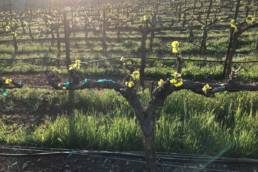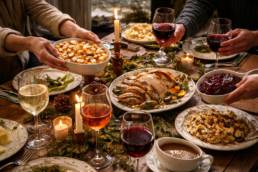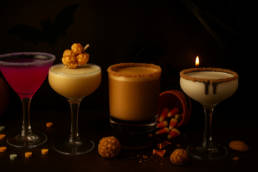Morning News – August 2024 – Wines for Hurricane Preparedness
Although living in the south provides an abundance of sunshine and only an occasional cold snap, there are weather disadvantages no matter where you reside. One of the drawbacks of living in paradise remains our dreaded annual hurricane season.
Some may contend that since our local squalls have been fairly tolerable in recent years, why the need for worry. When we see a named storm lurking in the Atlantic, much to the chagrin of our northern neighbors, most would wager a North Carolina landfall. In all fairness, the last “major” hurricane was Hugo, a CAT 4 back in 1989 and a CAT 5 has never, in recorded history, made landfall in South Carolina.
I contest, however, that preparedness remains the best solution to keeping storms from, most uninvitedly, showing up on our doorstep. Once you have your generator checked, gas cans filled and food supplies topped off, you will need to save some shelf space for a few bottles of “shelter in place” cheer to get you through the wind and rain.
Pre-storm
What wines you open and pour should be determined by the timing of the storm progression. Since the chance of power loss is relatively high, any wines that need refrigerated (white and sparkling) should be consumed pre or intra storm, up until blackout. Opening your fridge multiple times without power is counterproductive and we don’t want to make that generator work any harder than need be.
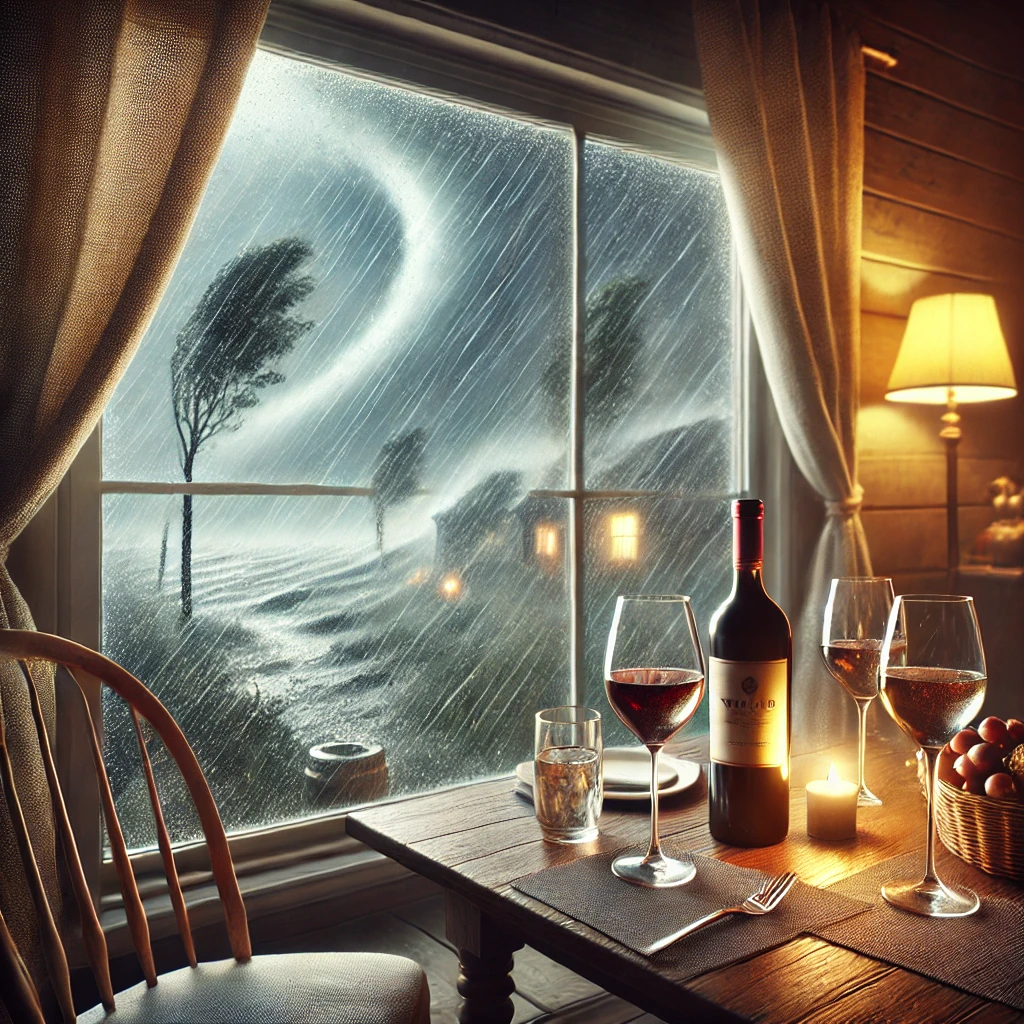 So, in the before and during storm times we can glug our refrigerator-dependent wines without worry. For some this may be the scenario you pop a cork on some sparkling and I cannot fault you for that selection. This may, however, be one of the only times that I will refrain from opening a bottle from my bubbly collection. Not only do I find little to be cheerful about with the ever-increasing wind speeds, but I’m a sparkling wine sipper and not a chugger. With the extremely low barometric pressure accompanying a hurricane, the bubbles will escape my liquid faster, leaving me with flat wine by the time I finish the glass; perhaps a travesty worse than the storm itself.
So, in the before and during storm times we can glug our refrigerator-dependent wines without worry. For some this may be the scenario you pop a cork on some sparkling and I cannot fault you for that selection. This may, however, be one of the only times that I will refrain from opening a bottle from my bubbly collection. Not only do I find little to be cheerful about with the ever-increasing wind speeds, but I’m a sparkling wine sipper and not a chugger. With the extremely low barometric pressure accompanying a hurricane, the bubbles will escape my liquid faster, leaving me with flat wine by the time I finish the glass; perhaps a travesty worse than the storm itself.
In this situation, a still white wine must meet some stringent criteria to be considered for my storm-time consumption. The wine must be well-priced, readily available at my closest beverage pusher, and pair well with whatever seafood I’m dutifully thawing from the freezer. Muscadet seems to fit this spot quite nicely.
Most prominently found in the far western Loire Valley, France, the region of Muscadet has become synonymous with the wines made from the Melon de Bourgogne grape. They tend to have a tangy brined acid structure that cries for seafood and the commonly used sur lie (aging on the expired yeast) gives the resultant wines a sexy viscous creamy mouth-feel.
Loss of Power
Once the power finally goes out, we can move into our next wine. As I watch the water rise and the wind whip trees around, littering my yard with debris, I yearn for a contemplation wine. Pinot Noir sits at the top of this short-listed category and although many regions from around the wo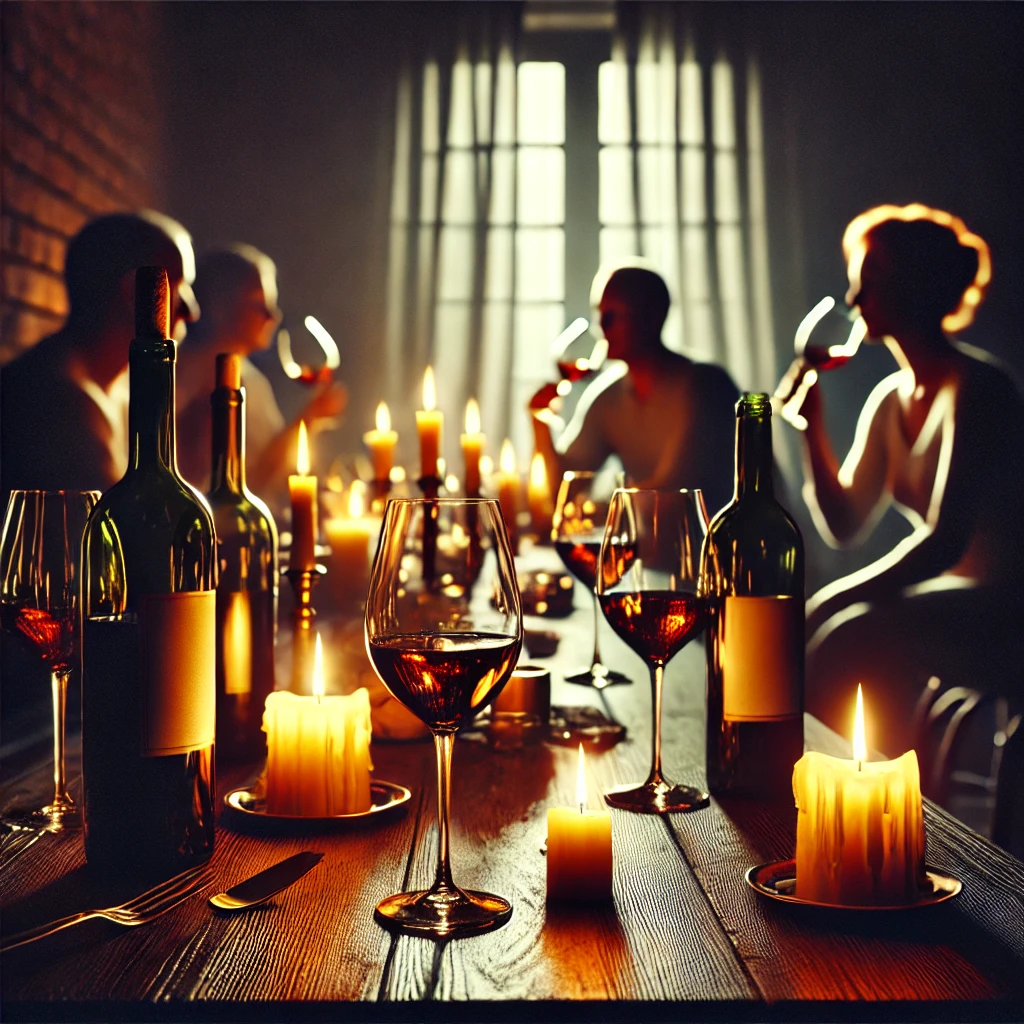 rld make spectacular Pinot, some of my domestic favorite’s hail from the state of Oregon.
rld make spectacular Pinot, some of my domestic favorite’s hail from the state of Oregon.
I love Pinot for the crunchy red fruit, the bright acid, subtle tannins, forest floor earthiness and sultry elegance. Oregonian Pinot seems to capture all those elements, even in their entry level examples. Although these wines pair seamlessly with multiple categories of food, I rather enjoy them a bit better on their own.
After the rain stops and the wind has died down, we will be enjoying that beautiful post-storm pleasant weather. This long-awaited sunshine and the likelihood of remaining sans power for a period of time gives us the excuse to break out the hurricane charcoal and fire up that grill.
Cabernet Sauvignon dominant blends from Bordeaux are some of the best wines to accompany grilled steak or even a well-made burger. As some of these wines can have impressive price tags, I turn my attention to some of the appellations located in southwest France.
This large and diverse area boasts red, white, and dessert wines made over a myriad of appellations. Their size and lack of commonality of production has brought them a disadvantage that has seen them in the shadow of Bordeaux’s popularity. Buzet is one such appellation that makes white and red wines from the same grapes we find in the vineyards in and around Bordeaux, at a fraction of the price.
Post-storm Contemplation
As the grill still pushes out smoldering plumes of succulent aromas, we adjourn to the porch with the satisfaction of weathering another storm. Before calling it a day and retiring to our powerless abode, we still have time for one more post-meal libation.
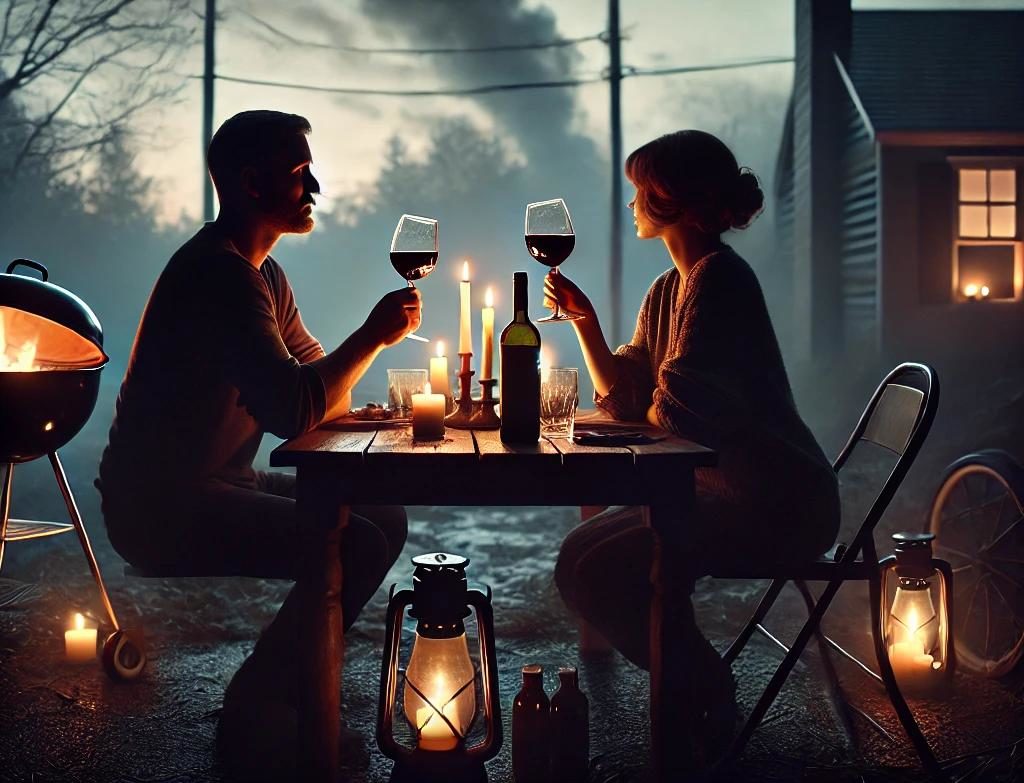 In times when I am certain that nothing else will get completed that day, whether I will it or otherwise, my old friend Port will keep me company. There are many styles, producers and age designations when discussing these fortified wines, and I enjoy every one of them. When I plan on having a “small” glass (or two) over multiple days, I lean toward the tawny styles. As they have endured some oxidation during their production process, they seem to hold up longer, even without storing in the fridge.
In times when I am certain that nothing else will get completed that day, whether I will it or otherwise, my old friend Port will keep me company. There are many styles, producers and age designations when discussing these fortified wines, and I enjoy every one of them. When I plan on having a “small” glass (or two) over multiple days, I lean toward the tawny styles. As they have endured some oxidation during their production process, they seem to hold up longer, even without storing in the fridge.
As we listen to the melodic hum of chainsaws and generators in the distance while sipping ourselves into diffident apathy, a realization set in. As long as people aren’t harmed and there isn’t too much damage, maybe an occasional storm might not be a terrible thing. It can provide quiet reflection, an excuse to cook on the open fire and drink wine, and maybe even provide motivation for a wine column.
Suggested Wines
Jérémie Huchet Clos Les Montys Muscadet Sevre et Maine 2022 $17
This young winemaker has been turning heads in this part of Loire Valley. Our example is 100% Melon de Bourgogne grape and aged on the lees for 6 to 9 months with occasional stirring (bâtonnage). The aromatics are overt with orchard fruit (peach, apple, pear), floral (acacia), and slight citrus pith. The palate shows tangy saline acidity with added citrus and mineral notes. Pair with any ocean creature that lives in a shell and grilled sausages.
Montinore Estate Red Cap Pinot Noir 2021 $25
Stephen Webber is one of the most talented winemakers in Willamette Valley. Their entry level Pinot Noir spends 10 months in French and Hungarian oak. The nose has deep red fruit (raspberry, black cherry), earthy notes (forest floor, dried tea leaves), a woody element (sandalwood, pencil shavings), and a sweet baking (allspice). The palate is dry with integrated subtle tannins and an evident mineral edge. This is a great sit and sip wine or pair with mushroom sauces or poultry dishes containing thyme or sage.
Mary Taylor Buzet Christophe Avi Vigneron A Laplume 2019 $20
This 80% Merlot, 20% Cabernet Sauvignon blend presents with a nose of dark fruit compote (blackberry, currant, blueberry), tobacco leaf, and torrefaction (roasted coffee). The palate is dry, broad tart acidity, with well-integrated smooth tannins. The alcohol is well in check and feels less than its advertised 14%. Truly drinking well above its price point. Pair with grilled meats (beef and lamb), Paté de Pâques, and beef Bourgogne.
Taylor Fladgate 10 Yr Tawny $35
As with most Port, the wine is a blend of multiple grapes (Touriga Nacional, Touriga Franca, Tinta Barroca, Tinta Roriz, Tinto Cão, and Tinta Amarela) and, in this case, aged in neutral oak for an average of 10 years. There are aromas of dried fruit (cherry, fig, plum), walnut, ginger, chocolate and a slight toffee note. The aromas and flavors are so well integrated that it is reminiscent of a fermented Christmas cake. The wine has a long, lush and slightly drying finish. Pair with pies (pecan, coconut crème), aged cheese (Manchego), or almond biscotti.

